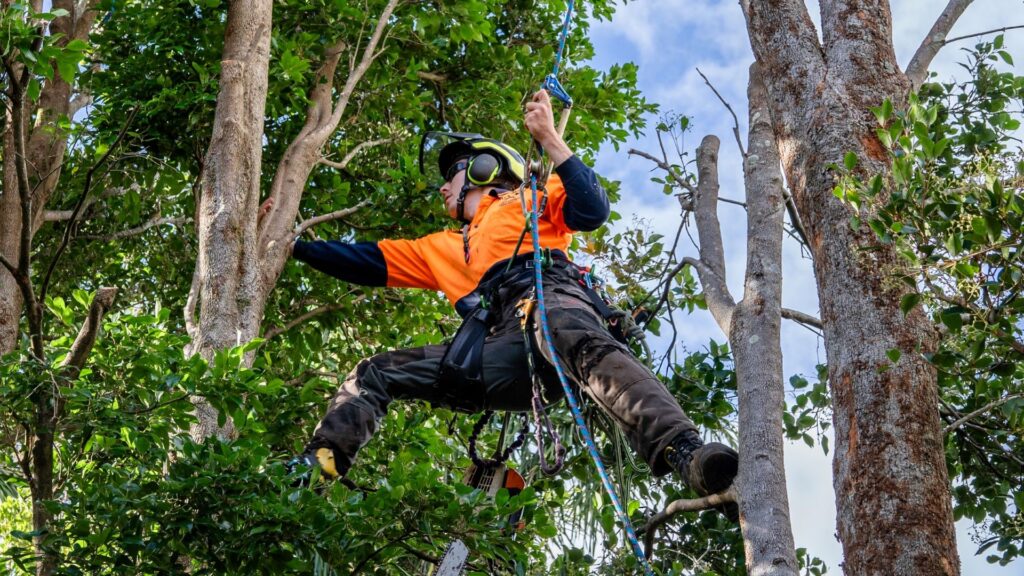When it comes to maintaining the beauty and health of your trees, choosing the right arborist can make all the difference. Trees are a long-term investment, and whether you’re dealing with storm damage, pruning, or disease, the expertise of a qualified arborist can ensure your trees thrive for years to come.
Here’s a guide to help you choose a good arborist who will provide top-notch care and safety for your property:
1. Look for Qualifications and Certifications
A reputable arborist should have professional credentials that indicate they’ve received proper training. Look for certifications such as:
- National Certificate in Horticulture (Arboriculture) (Level 4)
Qualified arborists should also keep their certifications up-to-date, as the industry is continually evolving with new standards and best practices.
2. Verify Insurance and Licensing
Tree work can be risky, and you’ll want to make sure the arborist you hire is fully insured. Verify that the arborist carries both liability insurance and vehicle insurance.
3. Ask About Experience
Experience is crucial when it comes to the specialized nature of tree care. Find out how long the arborist has been in business and whether they’ve handled the type of work you need, such as large tree removal, pest management, or tree health assessments. Seasoned professionals will have the skills and knowledge to address your unique situation safely and efficiently.
4. Check References and Reviews
A good arborist will have a history of satisfied customers. Ask for references or check online reviews to get a sense of the quality of their work and customer service. Look for testimonials that reflect attention to detail, safety measures, and professionalism.
A great place to find these are on their Google profile, Facebook or No Cowboys.
5. Get Multiple Estimates
While it’s tempting to go with the cheapest option, tree care is an investment, and you often get what you pay for. It’s wise to get multiple estimates and compare them. Look for detailed quotes that break down the services provided and ensure that the arborist plans to follow industry safety standards.
6. Inquire About Safety Measures
Tree work can be hazardous, so it’s critical that the arborist you hire prioritizes safety. Ask about the equipment they use and the safety protocols they follow. Good arborists will use personal protective equipment (PPE) and follow safe climbing and rigging practices to prevent accidents.
7. Avoid Topping and Over-Pruning
One red flag to watch for is if the arborist suggests “topping” your trees. Topping, which involves cutting the upper branches of a tree, can severely harm its structure and health. Likewise, avoid arborists who recommend excessive pruning, as it can stress the tree and invite disease. A qualified arborist should follow proper pruning techniques that maintain the tree’s natural shape and health.
8. Look for a Long-Term Partner
Tree care isn’t just a one-off job. A reliable arborist will offer a long-term maintenance plan tailored to your landscape’s needs. Building a relationship with an arborist who understands your property and its trees can save you time and money in the long run by addressing problems early and providing ongoing care.
9. Trust Your Instincts
Lastly, choose an arborist who makes you feel confident in their expertise. Pay attention to how they communicate—are they patient, informative, and willing to answer your questions? Do they explain their methods clearly and transparently? Trust your instincts and go with someone who demonstrates professionalism and genuine care for your trees.
Choosing the right arborist is a crucial step in ensuring the long-term health and safety of your trees. By following these tips and doing your research, you’ll be well on your way to finding a skilled professional who will keep your trees thriving for years to come.

